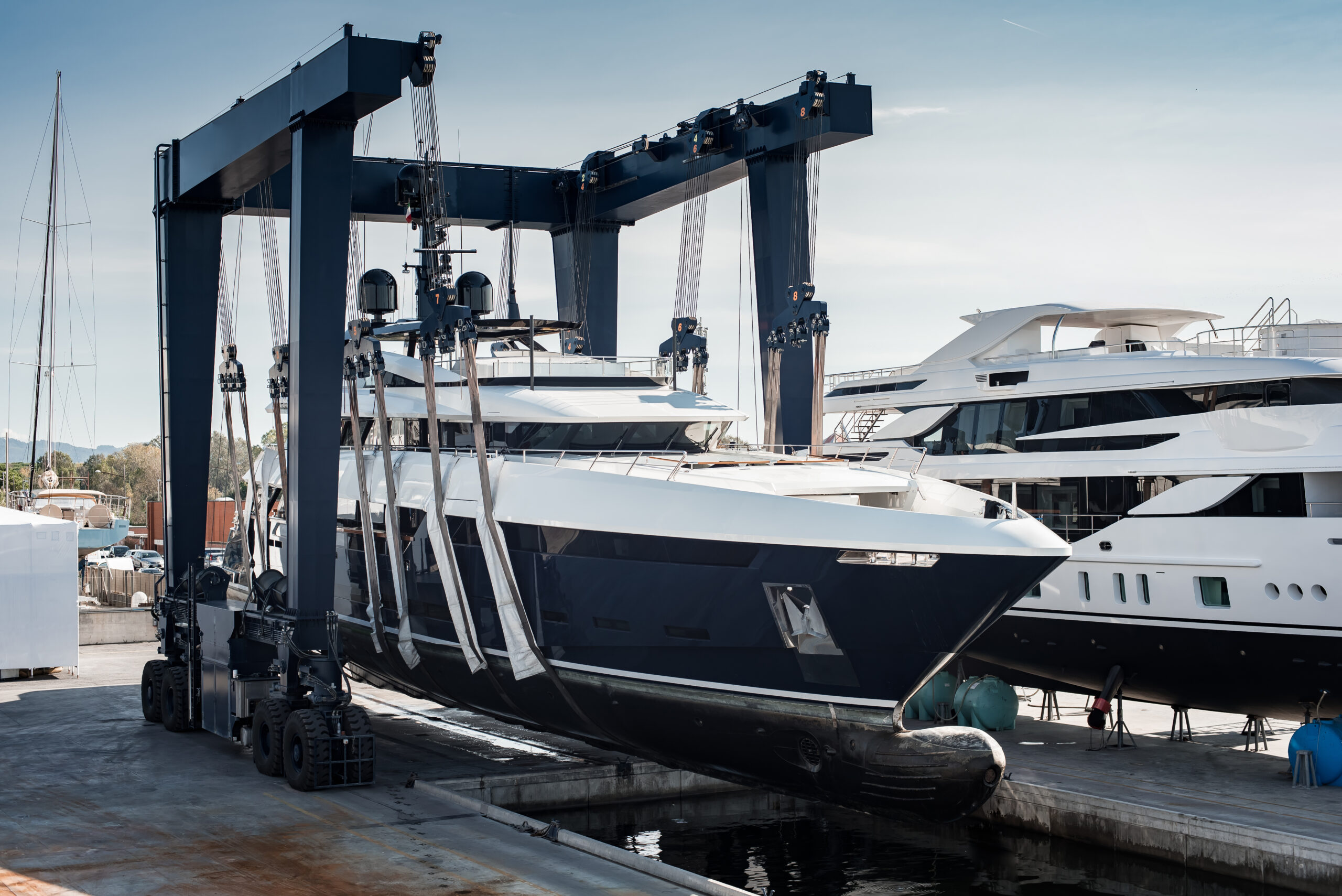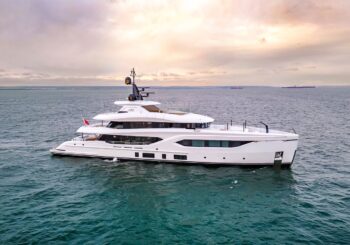The team at Seahub – Yacht Maintenance Software are thrilled to announce the launch of a new technology aimed at effectively managing new build & commissioning worklists.
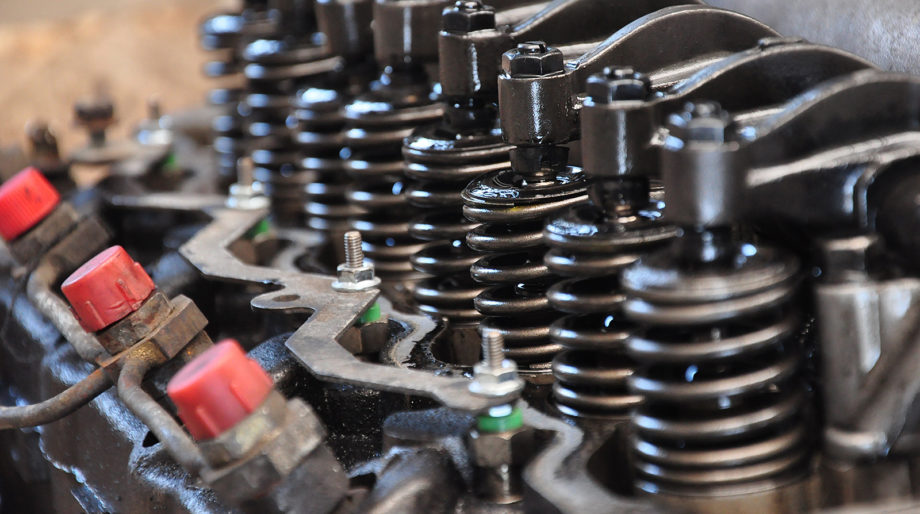
A great deal of our yacht maintenance software R&D revolves around engaging current and previous Engineers to hear their approach towards managing engineering programs onboard super yachts. It’s a process we enjoy and find the most constructive when considering our next developmental move or how to fine turn functionality we may already have in place.
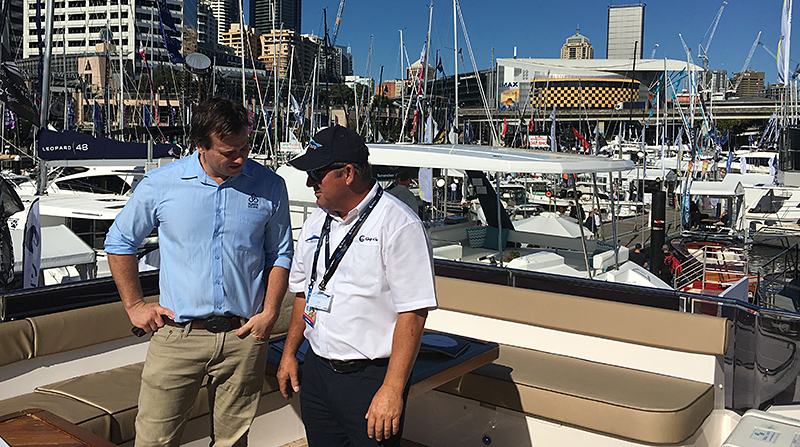
Conversations vary from desperate calls for help to people seeking an outside perspective on how others do it to 12ft high brick walls insisting that their current systems work fine and they simply don’t have the time to configure maintenance software. All of which may be valid points!
During the Palm Beach International Boat show in March of this year, I spent 3 days walking the docks speaking with Captains and Engineers and asked the question, ‘how do you currently manage maintenance onboard?’ Off the bat, I found the show, the yachts and the people in it to be world class. The layout, the exhibitors and caliber of yachts were incredibly high and proved to be a great event despite, right on cue, on and off again rainy weather for some periods of the show.
Responses varied, as you would imagine. Roughly 40% of yachts were currently using a yacht maintenance software, to which 50% of those were either behind the 8 ball with it or disgruntle with parts its functionality. 30% currently used a mixed approach of either an excel spreadsheet (or digital equivalent) and paper based record keeping. The decision to go down this path was often due to inherited systems onboard and the notion that it currently does what I need so why do I need to upgrade to a yacht maintenance software like Seahub? This leaves a further 20% or so, who did not have a maintenance tracking system in place at all or performed maintenance purely as required. To be fair, with some yachts ‘heavily’ for sale, sometimes maintenance budgets become as rare as hens teeth.
The 30% of users currently using a mixed approach of a spreadsheet and some paper based record keeping got me thinking, if I am Joe White and I’m a Chief Engineer on a 40m and I walk onto a program and I’ve a 3 inch notebook and a file on the ships computer called ‘ Engineering,’ why would I want to go through the process of learning a new system? The answer almost look my head off recently when I walked onboard a newly sold 130’ Westport where I was asked to come in and review the engineering structure onboard as there had been a number of significant break downs in short succession. Above the aft ER door a label marker printed message appeared in font size about 70, ‘ Leave it better than you found it’.
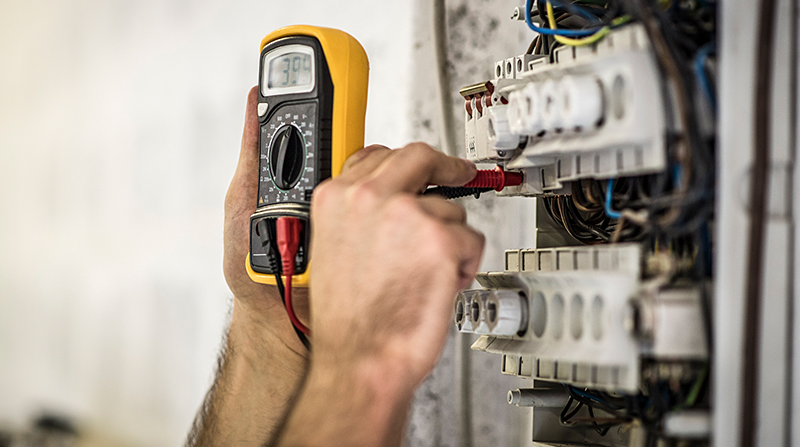
While the message was somewhat in your face, it think it carried a good message for Engineers, and i guess all crew. We all have a responsibility when moving onto new programs and do our jobs to the best of our capability but we should also strive to walk onboard new programs and do what we can to improve that program. Improve the safety or reliability of the engineering department, improve the organisational and record keeping of the bridge or to improve access of mooring lines or fenders for the deck department. So, if it ain’t broke, don’t fix it? I’m not sure about that.
It will be difficult for the yachting industry as a whole to advance and improve on yesterday unless we actively look at ways to improve it today. When my motivation is sometimes a little flat, I get kick out of reading the profiles of the urber successful, the 1 per center’s. I don’t need to do it that often but when I do I rarely find messages of settling for something that just ‘ain’t broke’. There’s often a desire for continual improvement and innovation and never settling.
It’ll be hard for all of us to be as successful as Richard Brandson and own islands and space ships but there’s a lot we can all do with ourselves to make improvements with the things we can control. Our team at Hunter Oceanic are skilled operators who can provide as much consultation or data entry services needed to either develop a maintenance plan for your program or move across data you may already have in spreadsheets or record books. Lets begin the discussion and who knows, we might end up sharing a space ship one day.
Find out how easy it is implement your maintenance plan today using the simplest yacht maintenance software on the market:


